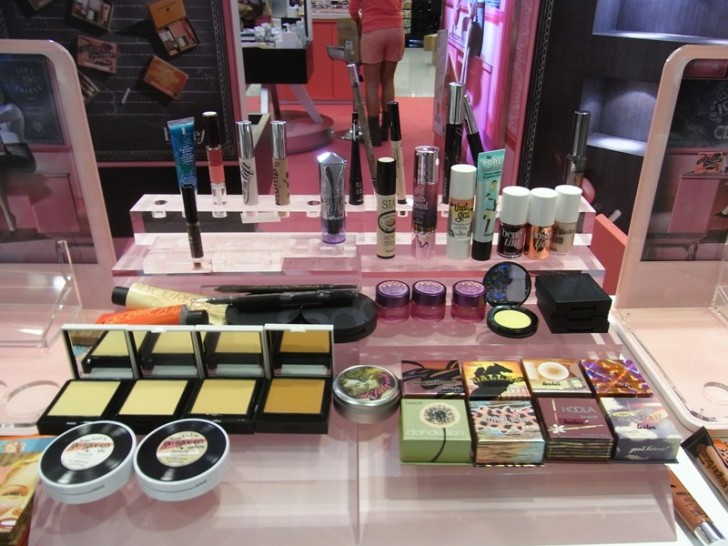Cosmetics nanomaterials inventory expected mid-2016

The publishing of the inventory of nanomaterials for cosmetics from the European Union has been delayed but should finally occur in the middle of this year. The delays are caused by the many definitions of nanomaterial, which vary strongly. In particular, the nanoform of methylisothiazolinon was said to cause problems. The Commission will inform the member states which definitions are compliant. Meanwhile, the committee voted to approve the amendments to the EU cosmetics regulation concerning maximum concentrations for three ingredients. Ethyl lauroyl arginate HCl will be allowed for the use at a concentration of 0.15% weight percentage, Carbon black for a maximum concentration of 10% and Titanium dioxide in nanoform for a maximum concentration of 25%.
The long awaited EU inventory of nanomaterials in cosmetics is likely to be published “towards the middle of this year”, a European Commission official has said. The catalogue, originally due to be published by 11 January 2014, and the lengthy delay in its publication, was discussed at a meeting of the European Commission's Standing Committee on Cosmetics Products on 9 February.
Notifications have been inconsistent because notifiers are unclear how to define a nanomaterial and are using various definitions. The inventory is now “under preparation”, the committee heard. One substance said to be causing problems is the nanoform of methylisothiazolinone. The preservative has been under scrutiny since a 2013 assessment by the Commission's Scientific Committee for Consumer Safety (SCCS) said its use in leave-on products is not safe. The Commission will write to the member states to tell them which notifications are not compliant.
The committee voted to approve three amendments to the EU cosmetics Regulation concerning maximum concentrations for the ingredients:
- Ethyl lauroyl arginate HCl, a preservative used in mouthwashes, will be allowed for use at a concentration of 0.15% weight by weight, excluding products for children under ten.
- Carbon black, which will be authorised in both nano and non-nano form, for use at a maximum concentration of 10%, excluding sprayable applications.
- Titanium dioxide in nanoform, which is used as a UV-filter in sunscreen and personal care spray products, limited to a maximum concentration of 25% and excluding sprayable applications.
The amendments will enter into force 20 days after their Regulations have been published in the EU Official Journal.
Source: Chemical Watch
Image source: Wikimedia Commons